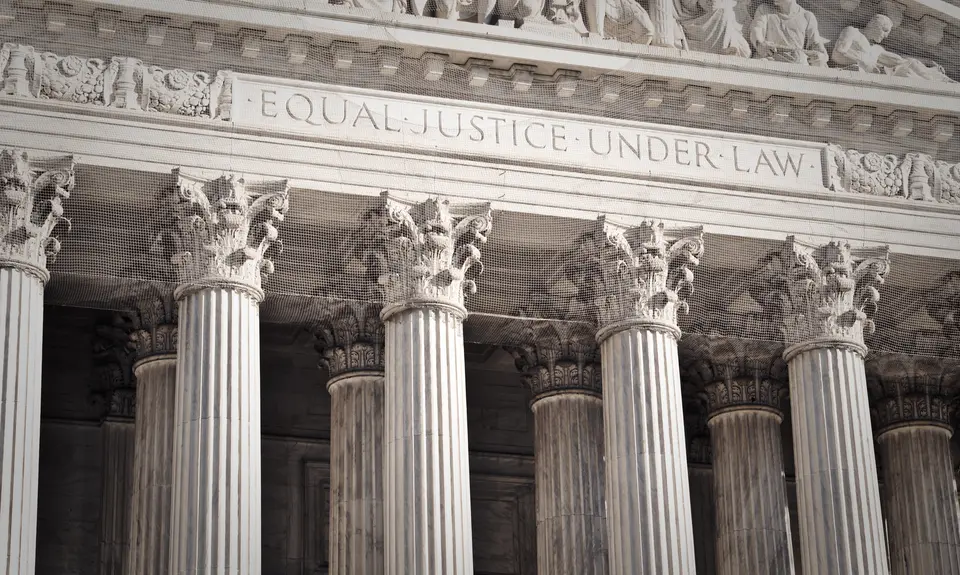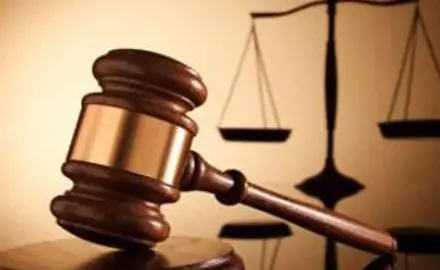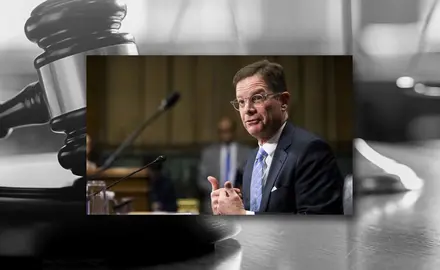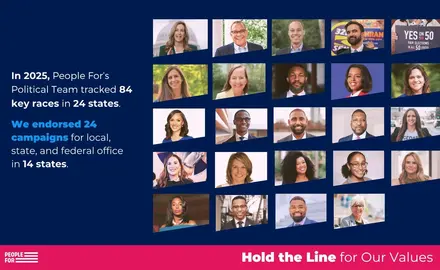The Supreme Court recently announced that it will consider a crucial voting rights question when it reconvenes in October: whether to prohibit the creation of majority-minority districts as a voting rights remedy under any circumstances. As one expert put it, that would overrule a key remedy used for decades under the Voting Rights Act (VRA), “knocking down” the central pillar of the Act that remains standing after previous devastation by the Court. The result could also aid President Trump’s dangerous march towards authoritarianism.
Majority-minority districts
As our population grows and changes, state legislatures periodically redraw district lines for congressional and other elections. Drawing of district lines to dilute minority voting strength and make it harder for minorities to elect candidates of their choice has been a key method used to discriminate against minority voters, violating Section 2 of the VRA.
A crucial remedy for such discrimination has been redrawing district lines so that a majority of the voters in a district are minorities. Current estimates indicate that there are now 141 majority-minority House districts, about 32% of our 435 House districts.
The Louisiana case: a key battleground
Although Louisiana’s population is about one-third Black, its state legislature drew its congressional maps after the 2020 census so that only one of its six congressional districts was majority Black. Federal courts found this redrawing violated the VRA and the legislature redrew the lines so that two of the districts are majority Black. That could, and should, have ended the matter.
A group of self-described “non-Black” voters, however, filed another suit, asserting that the legislature’s consideration of race in drawing a second majority Black district was improper. The Supreme Court heard argument in the case this term, but did not decide it. Instead, it issued an order on a Friday night in July, announcing that it will rehear the case in 2025-26. It also directed that the parties submit briefs on whether the state’s “intentional creation of a second majority-minority congressional district violates the Fourteenth or Fifteenth Amendments.”
Continuation of Roberts Court assault on VRA
Perhaps reflecting his own opposition to the VRA when he was a young lawyer in the Reagan Administration, Chief Justice John Roberts has already led the Court to seriously weaken the VRA. In the Shelby County case, Roberts wrote a 5-4 decision that struck down the VRA’s requirement in Section 5 that jurisdictions with a history of discrimination must obtain preclearance from the Justice Department before making any voting changes. In Brnovich in 2021, a 6-3 ruling made it harder to prove discrimination under Section 2 of the Act.
The Louisiana case may well be the next step. A Roberts-led ruling that taking race into account in remedying VRA problems violates the Constitution would be an all-too-logical extension of the Court majority’s “rigidly colorblind” vision of the Constitution, which is “indifferent” to racial inequality and its history and effects. The threat is clear: under the Roberts Court, the VRA could become a “toothless nullity”
Authoritarianism under Trump
The Supreme Court’s assault on voting rights and democracy is “tightly intertwined” with President Trump’s moves towards authoritarianism. For example, part of the impetus for the partisan attempt to redraw district lines in Texas came from a Trump DOJ letter claiming that five Texas congressional seats held by Black and Latino representatives resulted from “illegal racial gerrymanders.”
Recent moves by Trump and by the Supreme Court make the outlook dim for voting rights and our democracy. More public awareness of these issues, and action by voters to vote in every election, is crucial.



